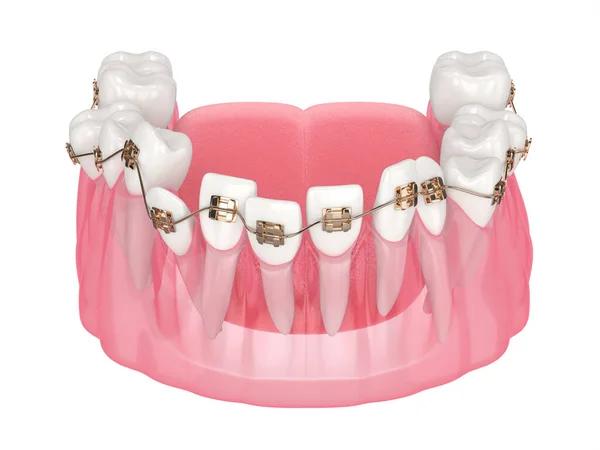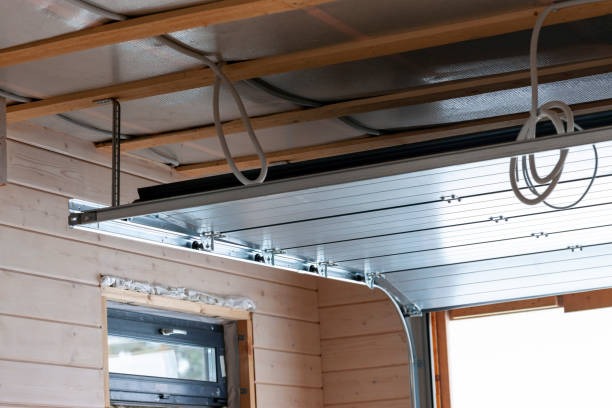Dental alignment has evolved significantly over recent years, offering patients a variety of advanced options tailored to individual needs and lifestyles. Traditional metal braces, once the primary method for correcting misaligned teeth, have been complemented by innovative technologies that provide effective results with enhanced comfort and aesthetics. These advancements ensure that nearly every patient can find an appropriate solution to improve their smile.
One of the most popular modern alternatives is clear aligner therapy. Clear aligners are custom-made, transparent trays designed to gradually shift teeth into proper alignment without the visibility associated with conventional braces. They are removable, allowing patients to maintain oral hygiene more easily and eat without dietary restrictions. This option suits adults and teens seeking discreet treatment but requires consistent wear for optimal effectiveness.
Ceramic braces represent another advancement in orthodontics. Unlike traditional metal brackets, ceramic braces use tooth-colored or translucent materials that blend with natural teeth. They offer explore the options durability necessary for complex cases while being less noticeable during daily interactions. Ceramic braces appeal to individuals who prefer fixed appliances but desire a subtler appearance.
Lingual braces provide a unique approach by attaching brackets to the back surfaces of teeth rather than the front, rendering them virtually invisible from outside the mouth. Although they may require an adjustment period due to tongue contact and speech changes initially, lingual braces deliver precise control over tooth movement comparable to traditional methods.
For mild misalignments or minor corrections following previous orthodontic work, accelerated orthodontic treatments have gained attention. Techniques such as vibration devices or minimally invasive surgical procedures can speed up tooth movement when combined with standard appliances or aligners. These options reduce overall treatment time while maintaining safety and effectiveness.
In some cases where dental crowding or bite issues are severe, combining orthodontics with restorative dentistry enhances both function and aesthetics simultaneously. For example, reshaping certain teeth after alignment may optimize occlusion or improve symmetry in ways solely relying on tooth movement cannot achieve.
Choosing the right dental alignment option involves evaluating several factors including age, severity of malocclusion, lifestyle preferences, budget considerations, and oral health status. Consulting with an experienced orthodontist ensures personalized recommendations based on thorough examination and diagnostic imaging such as digital scans or 3D models.
Overall, advanced dental alignment technologies empower patients by providing diverse solutions beyond traditional methods while emphasizing comfort and appearance throughout treatment duration. With ongoing innovations continuing to emerge within this field, more individuals can confidently pursue straighter smiles suited specifically for their unique circumstances today than ever before available in past decades.


